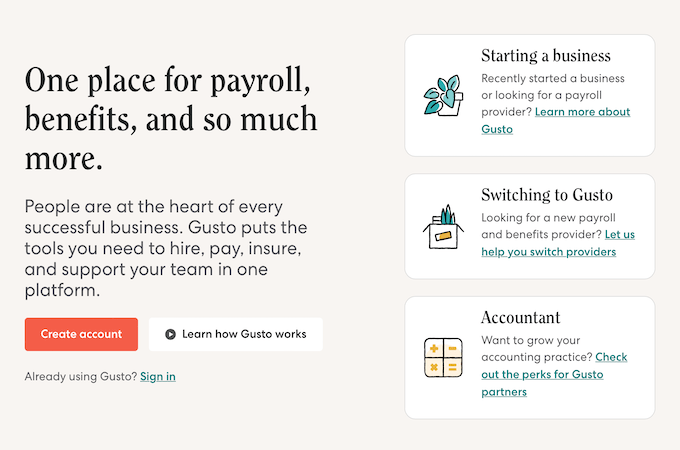Many businesses use biweekly or bimonthly payroll cycles to compensate their employees. For the most part, employees get paid twice a month with both methods, but each has several key differences that determine if it works well in a given company or industry.
Bimonthly and biweekly payments differ mainly in their payroll processing timing. However, finer details, like efficiency and the types of employees you have, will affect which one you choose. Payroll processing software can help you keep track of your pay periods and ensure that your employees get paid correctly and on time.
1. Number of Yearly Paychecks
Bimonthly or semimonthly pay cycles give employees 24 paychecks per year, two per month. Many companies issue these payments at the beginning and middle or the middle and end of each month.
A biweekly payment cycle issues a paycheck every two weeks, so employees receive two additional paychecks per year for a total of 26. As a result, employees get three paychecks during two months of the year. If the first paycheck falls on a Friday early in the month, employees will get paid on that day, another Friday in the middle of the month, and a third Friday at the end of the month.
 Gusto helps everyone on your team process payroll fast and get paid on time every pay period.
Gusto helps everyone on your team process payroll fast and get paid on time every pay period.
The difference in the number of paychecks doesn’t affect how much your employees get paid—it just distributes that payment differently. For some people, getting paid biweekly makes them feel like they’re making more money, and it can be convenient since they don’t have to wait as long between pay cycles. With bimonthly paychecks, they may have to wait a few extra days.
A payroll processing service like









 ‘ + data.settings.title + ” : ” }}} ]]>
‘ + data.settings.title + ” : ” }}} ]]>